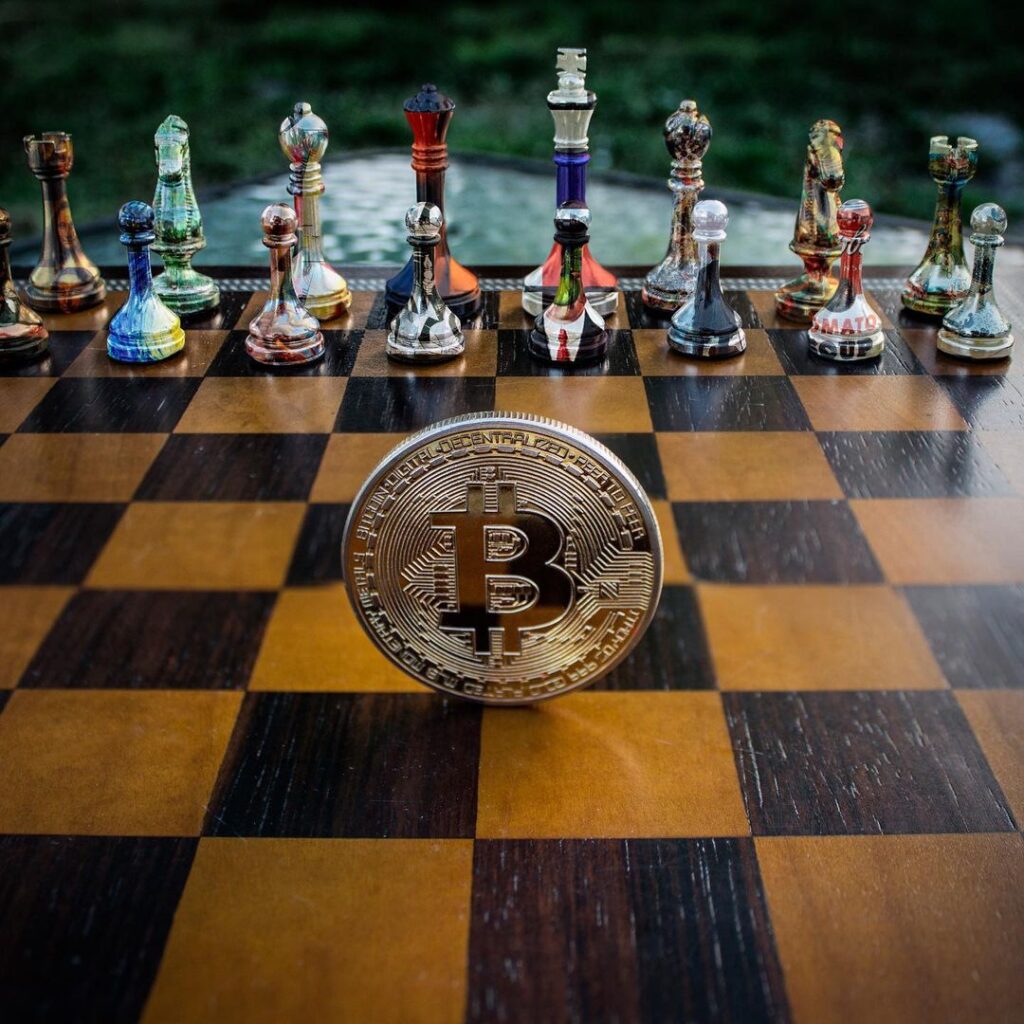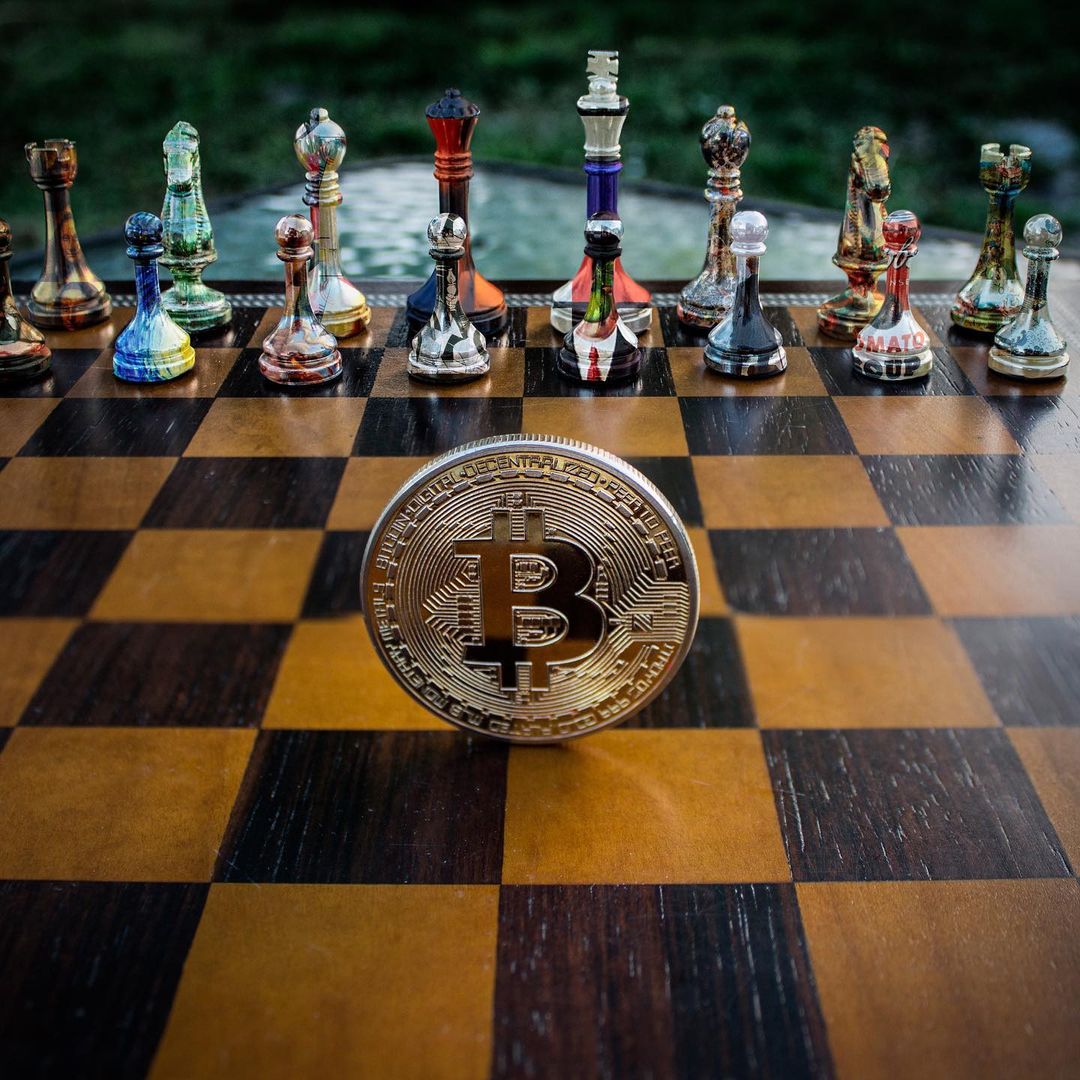
Ridiculous viral challenges like eating tide pods and news articles on the bizarre crimes by yet another man in Florida are not out of the ordinary for our generation. So the headline of an animated flying cat with a pop tart body being sold for approximately $600,000 is not that absurd either. But what if we told you this isn’t an isolated event? That the sticker pack you just created of your best friend could be sold as a unique digital token. Non-Fungible Tokens (NFTs) are here to be the gatekeeper of all forms of creative work in the digital world. They seem to be the following stride in the sphere of blockchains and cryptocurrency.
Blockchain and Cryptocurrency
Cryptocurrency
Before we jump into the impressive world of NFTs, it is essential to know and learn about the underlying workings and the software upon which it is based.
When we hear the word “cryptocurrency”, the first word that flashes into our mind is “Bitcoin”. Indeed, Bitcoin is the oldest, most famous, and frequently traded of the cryptocurrencies available on the market. It is also the first cryptocurrency introduced under the Blockchain system, which we still use today for crypto trading. But it is essential to understand that Bitcoin is not the only form of cryptocurrency.
In general, cryptocurrency refers to all the encrypted decentralized digital currencies used for trading worldwide. Cryptocurrency exists only in digital form and has no central governance or issuing body, for example, a government or a central bank. Instead, decentralized systems and cryptography give new cryptocurrencies, record transactions, prevent fraud and counterfeiting. Some examples include Bitcoin, NFT, Dogecoin, and Altcoin.
Now that we have defined cryptocurrency and how it is traded, the next question that pops into a person’s mind is: How does it actually work? And this is where Blockchains come into play.
Blockchain
You can look at Blockchain like an operating system like Microsoft Windows or macOS but only for financial transactions. Cryptocurrency like Bitcoin or NFT is one of its many applications that can be run on the software. So the Blockchain, like an OS, records the working of the application— in this case, the transactions, and stores them in a memory space called ledgers. These ledgers can record any transactions and track the movement of assets, whether tangible, intangible, or digital, thus providing transparency. The Blockchain also offers privacy to the people involved in the trades, creating a decentralized system that is not in the hands of one powerful entity; instead, it is in the user’s hands through shared ledgers.
The algorithm of Blockchain enables security issues to be settled in minutes instead of days. It also helps companies manage the flow of goods and related payments, and allows manufacturers to share production logs with original equipment manufacturers (OEMs) and regulators to reduce product recalls. Blockchain works on an encrypted system of codes and predefined algorithms, which is maintained through a network of social engineering which helps the system stay functional during all times. All this makes Blockchain one of the most efficient ways to trade money, making Cryptocurrency one of the most efficient currencies on the planet.
What is NFT?
Now that we have understood the basics of cryptocurrency, it is easier to define and understand what NFT— Non-Fungible tokens are.
In the world of economics, a fungible asset is something that can be readily exchanged, and yet the underlying value of the asset remains the same. For example, if you have a note of ₹ 100, you can swap it for two notes of ₹ 50 denomination, and in the end, you will still have a monetary value of ₹100. This is the concept on which most cryptocurrencies, including Bitcoin, work.
But when it comes to NFTs, it is a non-fungible type of crypto and is a part of the Ethereum blockchain (ETH) and is highly impossible to break the encryption making it one of the most secure forms of cryptocurrency in the world.
NFTs can be looked at like trading cards, but the catch is that only one card of each denomination can be made and traded. For example, let’s consider Pokemon trading cards; say you have a Squirtle trading card and are interested in swapping it with a Palkia trading card. You will be able to do so, but you will be giving away the only Squirtle in the world for the transaction.
NFTs can be anything on the digital market, be it digital art, GIFs, music, or even the Encryption database of an AI. All of these tokens of the digital world can be bought and sold like any other physical property piece, but they do not have any physical form of their own. All these properties make NFTs a “one-of-a-kind” asset, creating a significant hype around it.
The Working and the Absurdity Surrounding NFT
Musician Grimes sold some of her digital art in the form of NFTs for more than $6 million. But you can switch your tab right now and view those same videos. You can do this with almost all NFTs. Digital files can be downloaded and copied unlimited times as compared to a physical piece of work. Then why would anyone invest millions of dollars on something that is technically available for free?
NFTs are being equated to collectibles. This can potentially give rise to a market for digital fine art collections. The adrenaline of being the owner of the first tweet of Jack Dorsey, the co-founder of Twitter, is probably similar to having one of the rarest Shadowless Holographic Charizard Pokemon cards. Currently, NFTs sounds like something only the affluent can afford.
Much like Bitcoins, NFTs have been subjected to a lot of debate. Skeptics believe that the craze is just a bubble waiting to pop as the concept of owning something which doesn’t exist is illogical. Others believe that, much like physical items, NFTs will also stretch across various products and prices that will become accessible to all social classes.
NFT — A Modern Genius or A New Form of Human Daftness?
NFTs are a gamble for the buyers at this stage as these tokens’ prices will only inflate on acceptance of the concept. NFT, however, is undoubtedly a benefit for digital artists and creators. It has opened another door of income where one can sell ownership while retaining the copyright to their work. A JPG file made by Mike Winkelmann, the digital artist known as Beeple, was sold for nearly $69 million, registering itself as one of the highest NFT transactions.
A notable controversy surrounding NFTs is their negative impact on our climate. Several thousand computers are required to maintain the Blockchain, which produces tonnes of carbon footprint. Activists have criticised NFTs as self-indulgent behaviour without taking its monstrous consequences on our environment into account.
The concept of NFTs is obscure and intriguing, holding a plethora of possibilities in the future. Will this create a revolutionary bloom in digital art, or will the high come crashing down under its weight? Only time will tell.
Sources: dummies.com, Time, The Verge, BBC News, DocuServe
Written by Ankita Ghosh and Ramya S Prakash for MTTN
Edited by Adil Khan for MTTN
Featured Image by instagram.com/immetaartist

This is so succinct and informative. Keep it up, guys!